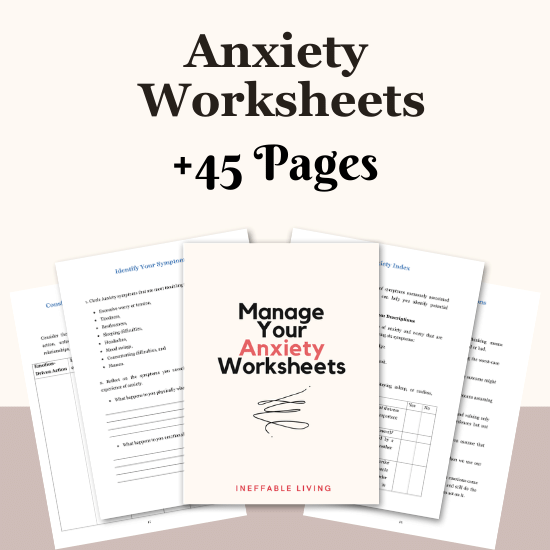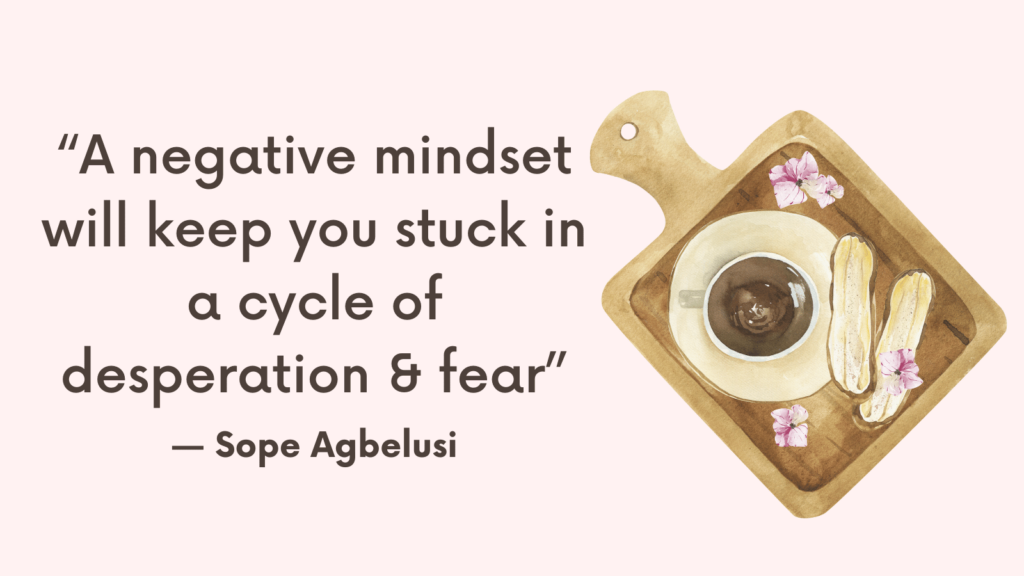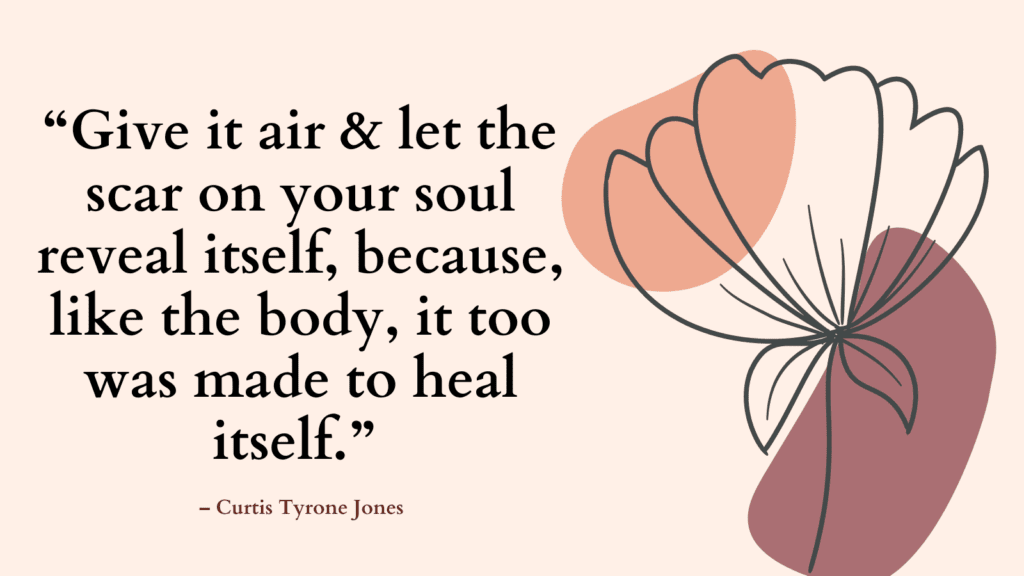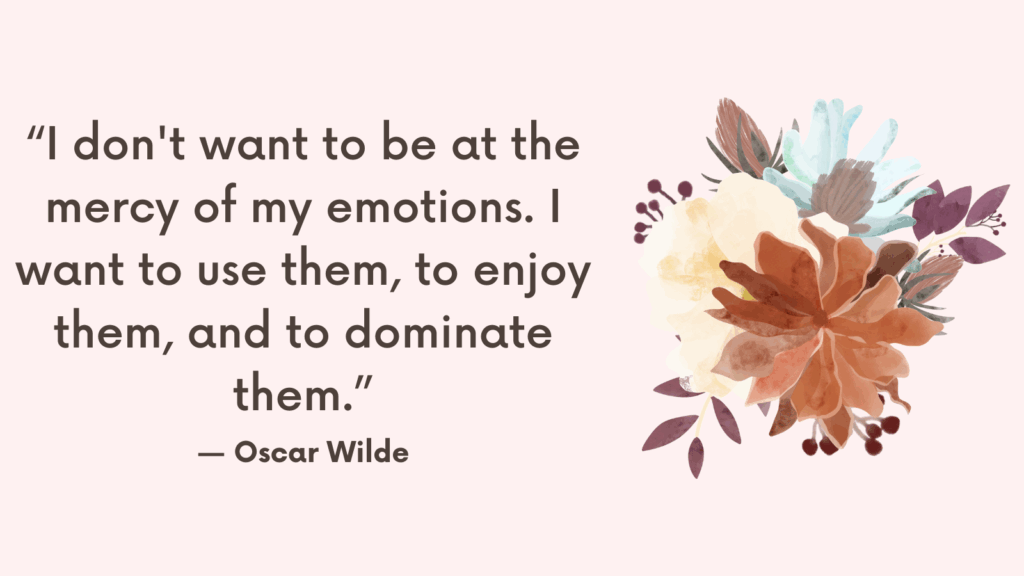This post contains a list of some of the best somatic exercises for anxiety.
What Is Somatic Therapy?
Somatic therapy is a form of psychotherapy that emphasizes the connection between the mind and the body in the healing process.
It is based on the understanding that trauma and stress can manifest physically in the body, leading to chronic pain, tension, and other physical symptoms.
Somatic therapy uses physical techniques to help release the tension, pain, or energy that remains in the body as a result of these psychological experiences.
Why Somatic Exercises Work for Anxiety
Anxiety often manifests physically in the form of muscle tension, shallow breathing, increased heart rate, and other somatic symptoms.
Somatic exercises address these physical symptoms directly, helping to alleviate the underlying anxiety by:
– Regulating the Nervous System: Shifting the body from a state of fight or flight (sympathetic nervous system activation) to a state of rest and digest (parasympathetic nervous system activation).
– Increasing Body Awareness: Helping individuals become more aware of how anxiety affects their bodies and identifying early signs of anxiety.
– Releasing Stored Tension: Encouraging the release of tension and stress that’s held in the body, which can be a source of ongoing anxiety.
Related: 7 Trauma Release Exercises To Support Your Recovery After Trauma
Techniques Used in Somatic Therapy
Somatic therapy employs a variety of techniques to help individuals become more aware of their bodily sensations and to release the tension associated with traumatic memories. Some common techniques include:
– Breathing Exercises: Techniques focused on breath work to help regulate the body’s response to stress and anxiety.
– Movement Work: Gentle, guided movements designed to help release physical tension and improve body awareness.
– Body Awareness Exercises: Practices that encourage individuals to notice bodily sensations and the connections between emotions and physical states.
– Grounding Exercises: Techniques to help individuals feel more present and grounded in their bodies.
– Touch: In some cases, therapists may use therapeutic touch (with consent) to help address areas of tension and facilitate release.
Related: Best 11 Grounding Techniques For Dissociation
Somatic Exercises For Anxiety
1. Grounding Techniques
Grounding exercises are designed to bring your attention back to the present moment and reconnect with your physical body, which can be especially helpful during moments of high anxiety or panic.
Exercise: Stand or sit with your feet firmly planted on the ground. Focus on the sensation of your feet touching the ground, the weight of your body pressing down, and the support of the earth beneath you. Take deep, slow breaths as you maintain this focus for several minutes.
2. Deep Diaphragmatic Breathing
Deep breathing activates the parasympathetic nervous system, reducing the physical symptoms of anxiety.
Exercise: Sit or lie in a comfortable position. Place one hand on your chest and the other on your belly. Breathe in deeply through your nose, aiming to make the hand on your belly rise more than the one on your chest. Exhale slowly through your mouth. Repeat for several minutes.
3. Progressive Muscle Relaxation (PMR)
PMR helps in identifying and releasing tension in different muscle groups throughout the body.
Exercise: Begin by tensing a group of muscles as you breathe in, such as your fists, holding them tightly for a few seconds. Then, as you breathe out, consciously release all the tension in those muscles. Move through different muscle groups in your body, from your feet to your head.
Related: Best 10 Grounding Meditation Exercises
4. Mindful Movement
Mindful movement practices such as yoga or tai chi combine physical movement with breath work and mindfulness, promoting relaxation and body awareness.
Exercise: Engage in a simple yoga sequence or tai chi movements, focusing on your breath and the sensations in your body with each movement. Allow your movements to be gentle and fluid, without forcing or straining.
5. Body Scan Meditation
A body scan meditation promotes awareness of the present moment and helps identify areas of tension and relaxation within the body.
Exercise: Lie down in a comfortable position. Close your eyes and begin to bring your attention to different parts of your body, starting from your toes and moving up to your head. Notice any sensations, tension, or discomfort without judgment and breathe into these areas, imagining the tension melting away with each exhale.
Related: Top 23 Grounding Affirmations
6. Sensory Engagement
Engaging your senses can help divert focus from anxiety to the present moment, grounding you in your environment.
Exercise: Find a comfortable sitting position and take a few deep breaths. Choose a sense to focus on, such as smell, sight, or touch. If you choose smell, you might light a scented candle or inhale the scent of a flower. Focus on the experience, noting any thoughts or feelings that arise, and gently bring your attention back to the sensory experience.
7. Visualization Techniques
Visualization involves imagining a scene, place, or experience that makes you feel peaceful, safe, or happy, helping to shift your focus away from anxiety.
Exercise: Close your eyes and imagine a place where you feel calm and relaxed. Visualize the details of this place—the sights, sounds, smells, and how your body feels being there. Take deep breaths as you immerse yourself in this visualization for several minutes.
Related: Best 8 Mindfulness Exercises For Adults That Will Help You Regulate Your Emotions

Conclusion
Somatic exercises offer a powerful tool for managing anxiety by focusing on the interconnectedness of the mind and body.
Through practices such as grounding, deep breathing, progressive muscle relaxation, mindful movement, and visualization, individuals can learn to regulate their nervous systems, release stored tension, and cultivate a deeper sense of body awareness.



